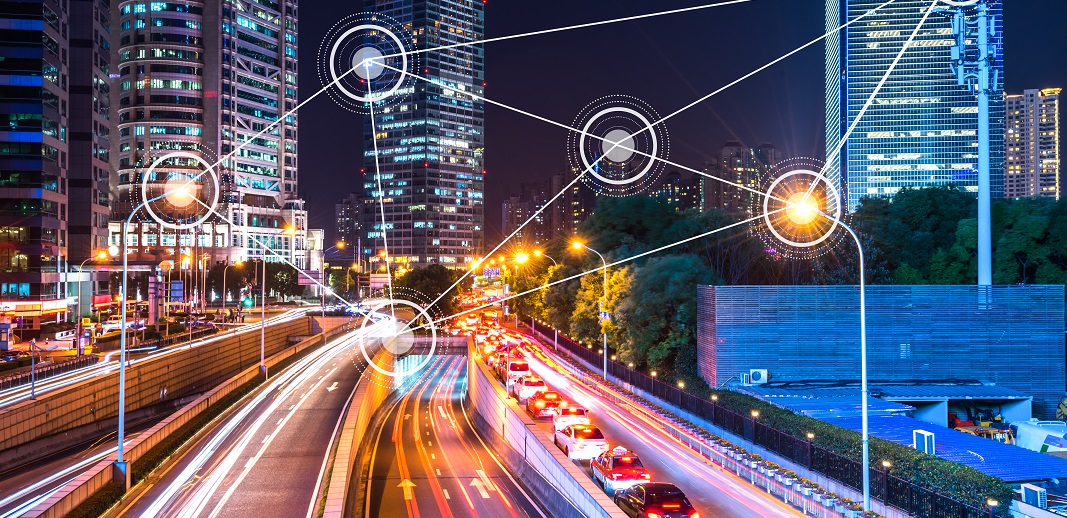Whilst The 2020 pandemic and subsequent lockdowns have been a boon to Transport and Logistics (T&L) companies, generating an additional $107 billion to online merchants – according to Adobe Analytics – the industry is still facing colossal challenges.
Firstly, customer expectations and demands are getting increasingly more difficult to meet as they want next day delivery, within a very specific time window, and at no extra cost. Secondly, T&L players face uncontrollable external factors such as diesel price volatility, global trade agreements, as well as calls to drive down carbon emissions. Finally, CapEx and Fixed costs are high, and companies find it hard to differentiate.
With these challenges in mind, it is no surprise that the FTA logistics report 2020 found that 43% of players are focused on reducing costs, while only 15% are concentrated on growth.
The same claimed that over the last five years, the average operating margin for the top 100 hauliers in the UK was just 3%. So, from an IoT solutions perspective, the cost cutting approach matters as it will dictate the way in which IoT use cases and solutions take shape.
How IoT will help transport and logistics achieve its means
As of 2020 several solutions are already in action. These include Fleet Management, Inventory, and Warehouse Management as well as Predictive Maintenance for expensive assets.
However, as 5G becomes fully fledged over the next 3-5 years (latency in particular), more advanced use cases will be offered to enterprises including:
-Connected Infrastructure –Live data will be streamed from smart traffic lights, CCTV cameras and roadside sensors, to analytics platforms – which in turn notify drivers regarding traffic anomalies. Vehicles can then be rerouted to save time and fuel.
-Drones to disrupt last 100-yard automation – Despite the short distance, the last 100 yards currently makes up for 53% of the overall shipping cost (according to STL partners 2020). With this use case, trucks will be driven to a destination e.g. an industrial estate. Multiple drones will then fly back and forth from the vehicle, collecting and delivering to each recipient, instead of deliveries being made one-by-one in person. The same research firm claims this use case can increase parcel throughput by 29% as well as saving on fuel and employee overheads.
-Warehouse Management. Augmented Reality (AR) technology can be used to plan warehousing layouts by showing 3D replicas of how storage infrastructure would look hypothetically. Moreover, this technology can also be used to scan barcodes on the outside of boxes, immediately letting warehousing personnel know what is inside – thus saving huge amounts of time and effort.
Connectivity is needed for all these solutions – but why cellular?
While there are many connectivity protocols in the IoT ecosystem that claim to cater to these use cases (Wi-Fi, Bluetooth, Sigfox etc.) nothing will match cellular 5G once it is fully rolled out in the early 2020’s. Latency under 10 milliseconds, bandwidth with rates of 100MB/s, capacity of up to 1 million nodes per square kilometre, reliability of 99.999% as well as battery life of up to 10 years means cellular 5G will be the transport layer of choice for any Original Equipment Manufacturer (OEM) or Enterprise looking to either grow their businesses and/or cut operation costs.
However, not all cellular providers are ideal for global IoT.
As T&L players look to build global/regional footprints for their operations – choosing a traditional Mobile Network Operator (MNO) may pose some serious problems, namely:
-Requirement of separate integrations to MNO backends – this is time consuming, difficult and the T&L customer cannot benefit from economies of scale.
-Multiple carriers result in different SLAs and a heterogenous environment. Working with multiple MNOs individually can not only be an administrative nightmare for T&L customers but implementing new services and apps across a footprint that is non-uniform is additionally risky and cost incurring
-Lock-in: Some customers may experience dissatisfactory cost fluctuations or changing SLAs during the lifetime of the contract. This could mean the T&L customer will either have to put up with said changes or go through a costly and gruelling process of finding new a MNO which includes renegotiation, swapping out physical SIM cards, connecting to a new backend etc.
How Cubic solves these problems
Cubic is uniquely positioned in the IoT ecosystem to offer global and regional T&L players an enablement platform that completely mitigates the risks mentioned above. Cubic offers a footprint with 190 countries as well as software with Over-The-Air reprogramming for seamless access to all our networks. Our intelligent PACE platform (requiring one integration) gives real-time views and insights into all our customers assets as well as offering one contract and one point of contact for all administrative and regulatory issues.
According to STL Partners, by 2030 5G’s impact on the T&L industry is expected to be worth $60 billion, and close to $300 billion if you take into account the indirect impact (healthcare, manufacturing, retail) that a more robust and efficient T&L ecosystem will have globally. Cubic has the resources and expertise to work with all stakeholders and make this future a reality. You can learn more about our IoT offering for the T&L industry here.

